In the present day, social media is the most effective tool to increase awareness.
All professionals and organisations desire to be discovered with ease and your online presence determines who you are and what you offer, and it is the first thing that gains attention. There are multiple platforms that businesses and professionals can benefit from, but why is LinkedIn the most effective?
LinkedIn – is the most effective social media platform for businesses and professionals to network and build a strong online image. It is the largest professional networking website, having over 750 million users in over two hundred countries, allowing you to build relationships and a reputation, gain insights and research.
Over 90% of recruitment professionals today use LinkedIn as the core tool to search for candidates. Therefore, it is vital to stand out by creating an eye-catching profile. As a result, the likelihood of being discovered for the most relevant opportunities on the market drastically increases. In other words, employers will contact you if they believe you possess the right experience and skill set, instead of you actively searching for opportunities.
Although providing a high-quality CV is significant when making a solid first impression, in 2021, maintaining a well-crafted LinkedIn profile is just as valuable for that first impression. The job market is becoming more competitive each year, and most organisations seek the best talents not only through their CV’s but also their LinkedIn profiles. When recruiters explore your profile, they seek a clear picture of who you are and what value you can add to their company.
Essential things to help create a strong profile:
1. Profile photo & banner:
So many profiles on LinkedIn are missing headshots – put a face to your name and add a professional profile picture. Your profile photo is the first impression people will get of you.
LinkedIn also allows you to add a background banner photo like other social networks. Your background banner photo should support who you are and be visually appealing.
2. Attractive headline:
Your headline is the first thing your profile visitors will read. Write something that will resonate. Instead of just using your job title, write your speciality and how you added value to your company or clients.
Example: Business Development Manager · Cell & Gene Therapy · $50 M in Sales Generated Since 2019
It shows the reader your profession, the value you can add and increases your credibility.
3. Summary section:
The summary section is the opening to describe your career and experience story. Invest some time creating your summary in a way that catches the viewers’ attention. Keep your summary in the 1,000 – 1,250 characters range.
Mention what you do well, your area of expertise and what value you can add to an organisation. Keywords are vital! Use words strongly linked to your industry while painting a picture of who you are as a professional.
4. Experience section:
Avoid simply copying and pasting information from your CV onto your LinkedIn profile. Only include past experiences that you feel are relevant to your career goals and include up to 10 key bullet points. These should include your core responsibilities and most importantly, what you have achieved (results).
Most people tend to list standard responsibilities, but this adds little value to what you can offer. Using numbers/stats, prove the impact you’ve made, the initiatives you led, and the sales revenue you generated (most relevant).
5. Customised URL:
Your LinkedIn URL is the web address for your account. The default URL will have your name and some random numbers and letters.
Changing your profile URL (e.g. https://www.linkedin.com/in/onur-dilek) makes your account search engine friendly; therefore, your profile is more accessible. Doing this also gives the person searching to make positive assumptions about you:
-
Attention to detail
-
Shows you have technological knowledge
-
Understand the power of perception (Image!)
6. Connections:
The more connections you make, improve the rate of being discovered by hiring managers and employers during their searches for potential candidates with your background. It is valuable to connect with people you know personally, have worked with, met at a tradeshow or conference, and are in industry/profession.
7. Recommendations and Skill Endorsements:
These are essential to making your profile stand out. Employers are keen to know what others think of you and your work. When requesting a recommendation or skill endorsement, consider all the people you have worked with within the past. Include past managers, colleagues, suppliers and clients.
8. Activity:
To get the most out of LinkedIn, you need to be consistent with your activity (min. 3x times per week). Write posts and articles and engage with content on your feed that is relevant and interesting (like, comment and share).
Join groups that are associated with your industry and professional interests. Groups are a brilliant way to meet professionals to network and share ideas and best practices.

